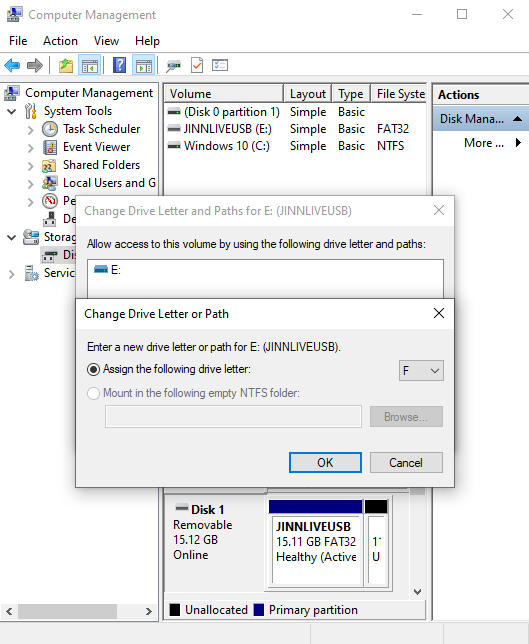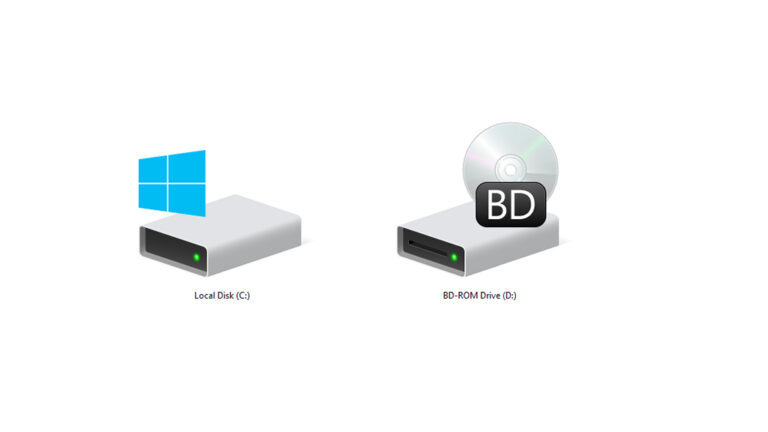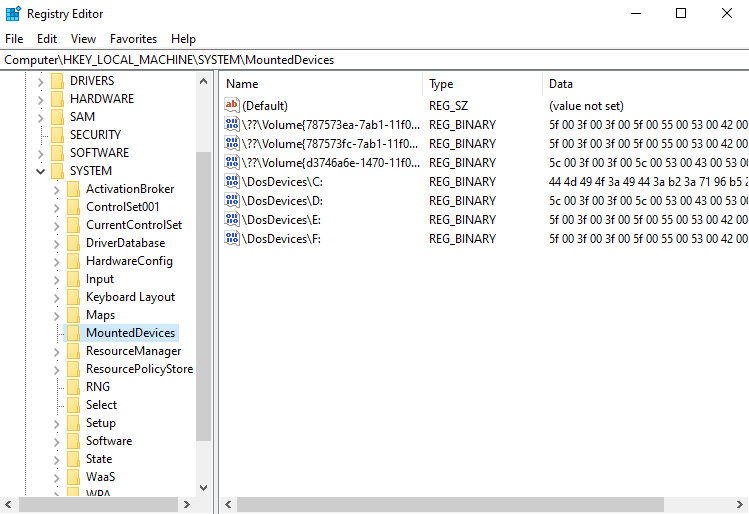If you’ve noticed your drive letters — for internal SSDs/HDDs or removable devices like USB drives — changing unexpectedly in Windows 10 or 11, you’re not alone. This can happen within the same OS, when booting into recovery media, or when using a different Windows installation. Here’s what’s going on and how to prevent it.
Why Drive Letters Change
-
Drive letters are assigned by Windows, not embedded in the disk itself. They are stored in the registry of the currently running OS, which means booting into a different OS or recovery environment may assign completely different letters.
-
By default, Windows gives the system partition
C:, then assignsD:,E:, etc., based on order of detection. Floppy drivesA:andB:are reserved. -
For removable drives, Windows tries to reassign the same letter on reconnection — if it’s available. Otherwise, it assigns the next free letter.
-
These mappings are saved in the registry under:
How to Prevent Drive Letter Changes
1. Manually Assign Drive Letters via Disk Management
-
Right-click Start → Disk Management
-
Locate the drive → right-click → Change Drive Letter and Paths → Change → pick your desired letter
Windows will remember this for future connections as long as the letter is free.

2. Avoid USB Conflicts
-
If multiple removable drives use the same letter, Windows will reassign one when they’re connected simultaneously.
-
Always connect one drive at a time or use distinct letters for each.
3. Be Wary of Formatting in Other OS
-
Formatting or modifying partitions in another OS (like Linux or WinPE) changes the drive’s identifier — Windows may assign a new letter upon reconnecting.
4. Skip Registry ‘Cleaners’
-
Some optimization tools strip out registry entries in
MountedDevices, causing Windows to forget previously assigned letters. -
Avoid such cleaning tools when working with drive letter mappings.
Additional Factors to Keep in Mind
-
Windows updates or third-party Windows builds may reset letter assignments.
-
Corrupted system files or issues with Fast Startup can also lead to letter reassignments.
Quick Fix Summary
To maintain consistent drive letters in Windows 10/11:
-
Manually assign drive letters in Disk Management.
-
Avoid conflicts by using unique letters for removable drives.
-
Be cautious when formatting volumes outside Windows.
-
Steer clear of registry cleaners that target drive mappings.
These steps will help ensure your drive letters stay where they belong, saving you time and avoiding confusion when accessing files.
Explore other helpful tools in our Windows utilities section.


